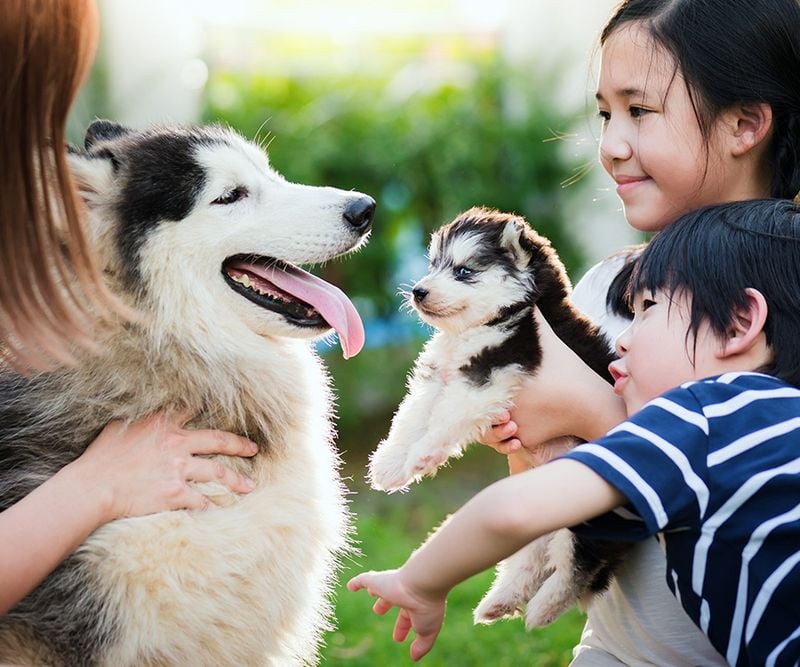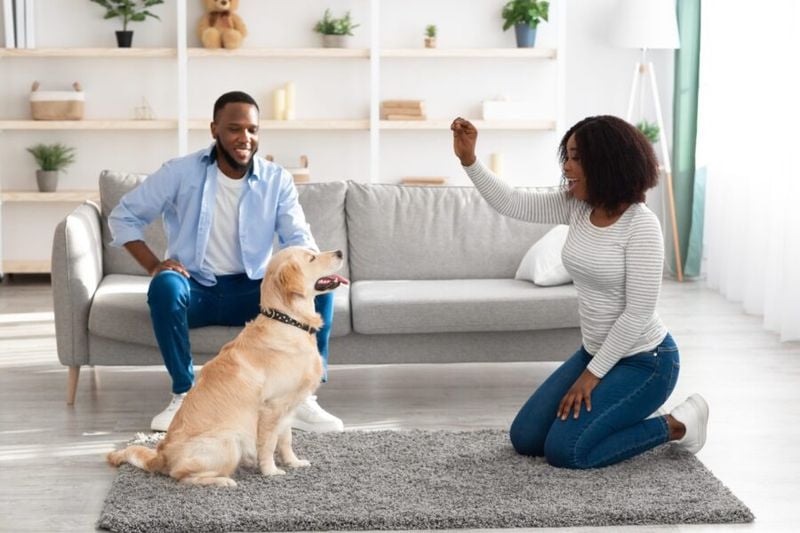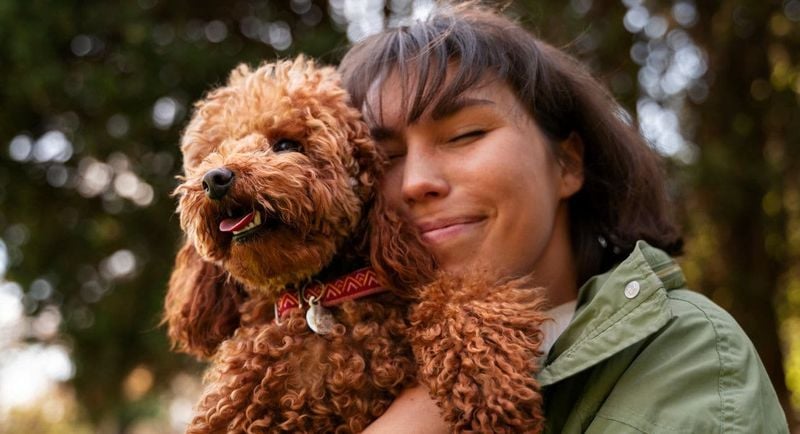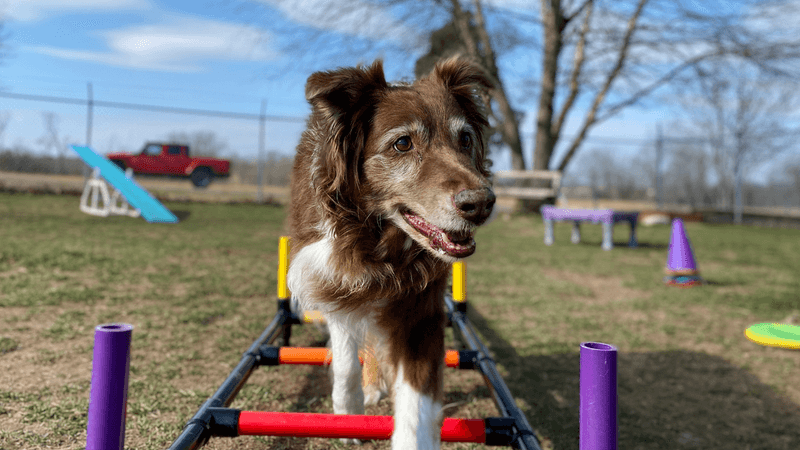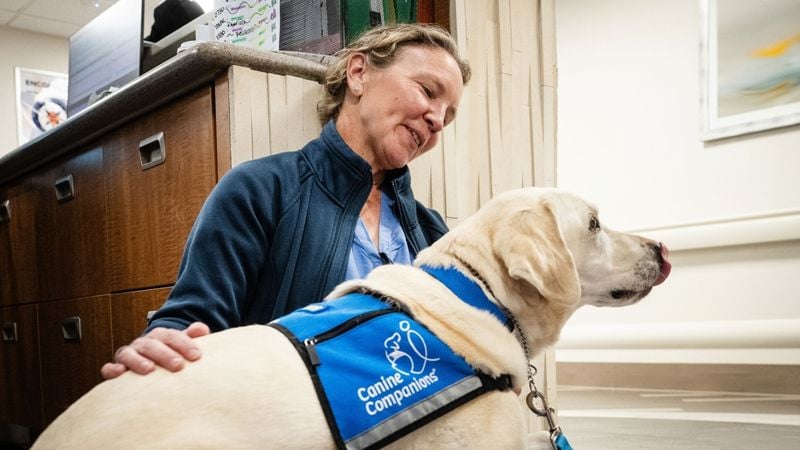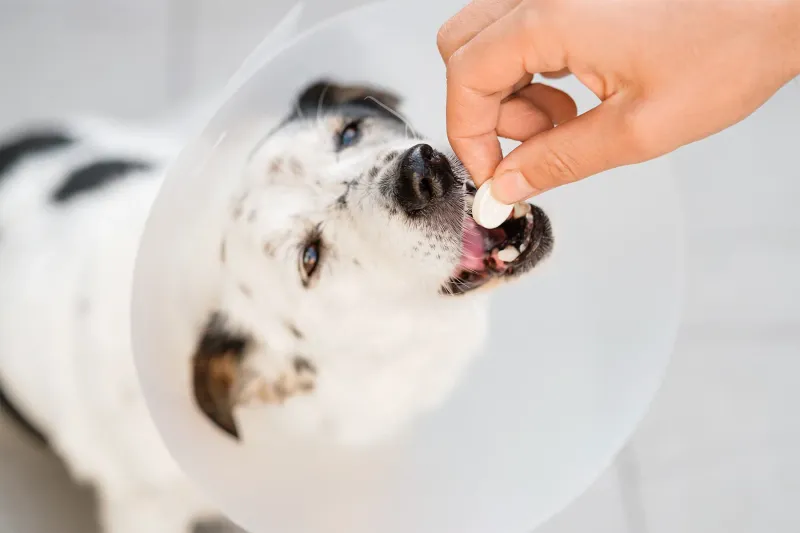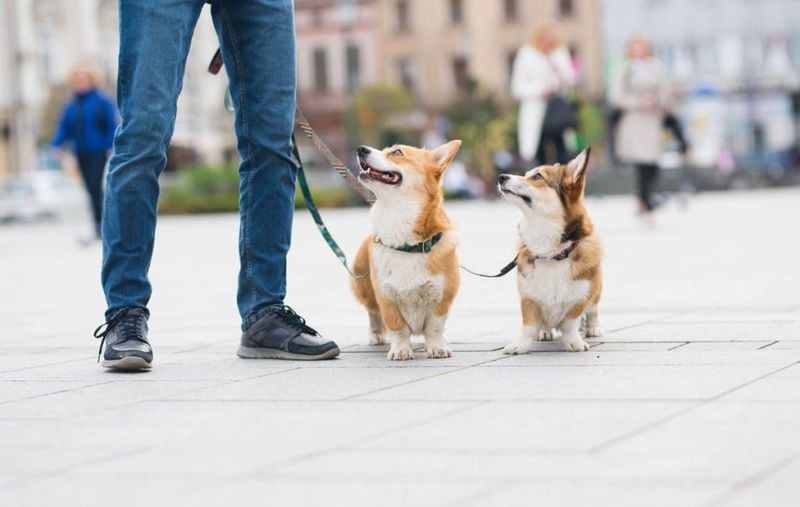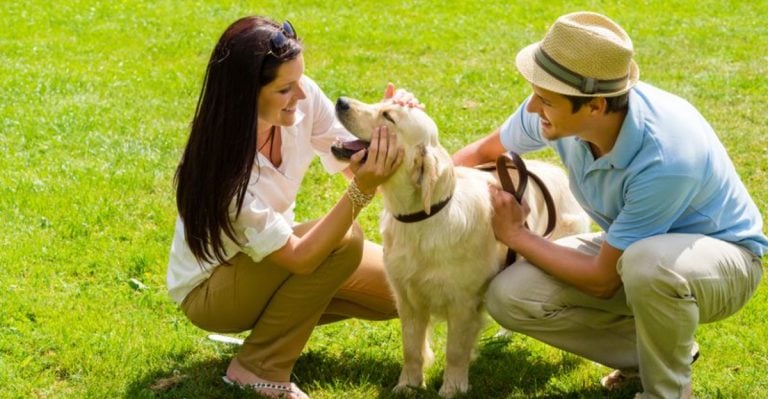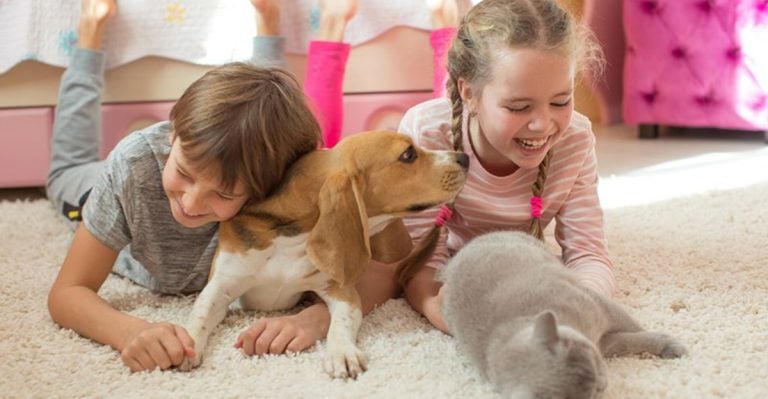15 Things That Make a Dog Emotionally Resilient Over Time
Some dogs bounce back from tough experiences like it’s nothing—others struggle with every little change. What sets emotionally resilient dogs apart isn’t luck or magic.
It’s a combination of how they’re raised, treated, and supported over time. Just like people, dogs develop coping skills through love, consistency, and trust. The more safe and stable their world feels, the more confident they become navigating life’s ups and downs.
In this article, we’ll explore the key ingredients that shape emotional resilience in dogs. Whether you’re raising a puppy or helping an adult dog overcome fear, these insights can make a lasting difference in how your dog handles stress, change, and challenges.
1. Early Socialization With Humans and Other Animals
Imagine the world from a puppy’s eyes, where everything is new and exciting. Early and positive socialization with humans and other animals creates a strong foundation for emotional resilience.
When dogs are exposed to various people, animals, and environments, they learn to be adaptable and confident. This exposure helps them to handle new experiences with ease rather than fear.
Each interaction becomes a lesson in trust and adaptability, essential for a well-rounded adult dog. A socially well-adjusted dog often approaches life with curiosity rather than anxiety.
2. Consistent, Predictable Daily Routines
In a dog’s world, predictability can be immensely comforting. Consistent daily routines provide a sense of security, allowing dogs to navigate life with confidence.
Knowing when their meals, walks, and playtimes are scheduled helps to lower anxiety levels. This stability becomes even more important when life throws unexpected changes their way.
A dog with a reliable routine often greets changes with a wagging tail, rather than apprehension. It’s a simple yet profound way to support emotional balance.
3. Positive Reinforcement Training
Training that’s based on positive reinforcement can transform a timid dog into one brimming with self-assurance. Reward-based learning taps into their natural eagerness to please.
When a dog receives praise and treats for desired behaviors, they connect actions with positive outcomes. This builds a strong foundation of trust and emotional stability.
Such training methods not only teach obedience but also foster a joyful and trusting relationship between dog and owner. It’s an empowering way to nurture their emotional growth.
4. Secure Attachment to Caregivers
The bond between a dog and its caregiver is a powerful force. This secure attachment provides emotional stability and confidence.
Dogs that feel loved and supported tend to handle stress with grace, knowing they have a safe haven to return to.
These strong relationships are built through consistent care, attention, and affection. It’s the comforting presence of their human that offers reassurance during life’s ups and downs.
5. Exposure to Mild Stressors (Stress Inoculation)
Introducing mild stressors in a controlled environment can be a beneficial learning experience for dogs. When exposed to gentle challenges, dogs learn coping strategies.
These experiences teach them to remain calm and composed in the face of difficulty. It’s about finding the balance between challenge and comfort.
By gradually increasing the complexity of these stressors, dogs develop resilience, learning that not every situation is threatening. It’s a proactive approach to building emotional strength.
6. Encouragement of Autonomy and Problem Solving
Dogs thrive when given the chance to think for themselves. Encouraging autonomy and problem-solving fosters independence and emotional resilience.
Puzzle toys and interactive games stimulate their minds, teaching them to tackle challenges head-on.
It’s about nurturing their natural curiosity and intelligence, allowing them to grow and become more self-reliant. This empowerment helps dogs become more adaptable and less anxious.
7. Access to Enrichment and Play
Playtime is more than just fun and games—it’s a cornerstone of emotional health. Access to enrichment and play keeps dogs mentally stimulated and engaged.
Regular play sessions combat boredom and help regulate emotions, providing an outlet for energy and stress relief.
Incorporating a variety of activities, from fetch to agility courses, ensures that dogs receive the mental and physical stimulation they need. A playful dog is often a happy and emotionally balanced one.
8. Support During Traumatic Events
Life isn’t always smooth sailing, even for dogs. Support during traumatic events, like thunderstorms or fireworks, is crucial.
Empathetic handling teaches dogs that recovery is safe and possible, reinforcing trust in their human companions.
Calm, consistent comfort during these times helps dogs learn to manage fear and stress. It’s about being their rock when the world feels uncertain.
9. Freedom from Chronic Pain or Medical Issues
Pain can drastically alter a dog’s emotional state, causing irritability and anxiety. Ensuring freedom from chronic pain or untreated medical issues supports emotional well-being.
Regular veterinary care and attention to health help dogs remain happy and active. A pain-free dog is better equipped to handle life’s challenges with resilience.
Prioritizing their health leads to a more content and stable emotional life, enabling them to engage positively with their surroundings.
10. Clear and Calm Communication From Owners
Dogs are keen observers of human behavior. Clear and calm communication from owners provides a sense of understanding and security.
When dogs know what to expect, they can better adapt to changes and challenges. Consistent signals and instructions are key to conveying feelings of safety.
Owners who maintain a steady demeanor themselves help their dogs mirror this emotional calm. It’s a two-way street of understanding and trust.
11. Genetic Temperament and Breed Tendencies
The genetic makeup of a dog can influence its emotional resilience. Some breeds naturally exhibit calmer or more adaptable traits.
Understanding these tendencies helps owners provide suitable environments and support. However, nurture also plays a significant role in shaping a dog’s emotional landscape.
A well-bred dog with a stable lineage may have a head start in resilience, but every dog benefits from attentive care and training. It’s a blend of nature and nurture.
12. Safe Space to Retreat and Self-Soothe
Every dog needs a sanctuary—a safe space to retreat and self-soothe. Access to a quiet corner or crate helps them reset emotionally.
This personal haven allows dogs to unwind away from stressors, providing a sense of security.
Whether it’s a special bed or a designated room, having a place to call their own is essential for maintaining emotional balance. It’s their refuge from the hustle and bustle of daily life.
13. Resilient Role Models in Multi-Dog Homes
In multi-dog homes, having resilient role models can be a game-changer. Emotionally stable canines can teach nervous dogs through example.
Younger or more anxious dogs often mimic the behavior of their calm companions, gaining confidence in the process.
This natural mentorship creates a harmonious environment where dogs learn from each other, enhancing overall emotional resilience. It’s a beautiful dynamic of support and growth.
14. Gentle Introduction to Change
Change doesn’t have to be daunting. With a gentle introduction, dogs can adapt to new environments or routines smoothly.
Slowly introducing moving homes, new family members, or travel reduces anxiety and builds trust.
This careful approach allows dogs to process change at their own pace, fostering a sense of security and adaptability. It’s about easing them into new experiences with care and consideration.
15. Regular Health and Wellness Checks
Routine health and wellness checks are vital for a dog’s emotional and physical well-being. Regular veterinary visits ensure that any issues are caught early, maintaining overall health.
A healthy dog is more likely to be happy and emotionally stable, able to enjoy life fully.
These check-ups provide reassurance for both the dog and the owner, fostering a sense of security and care. It’s a proactive step towards a resilient and balanced life.

